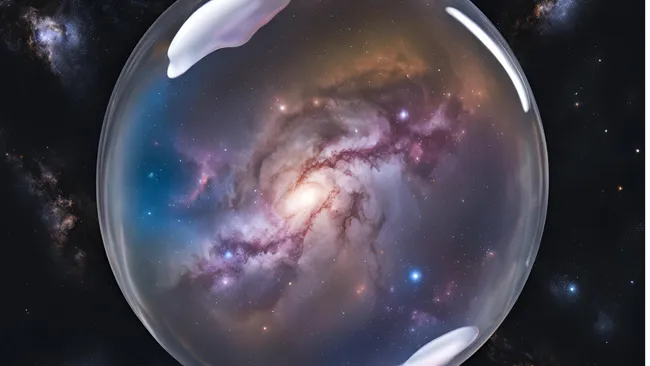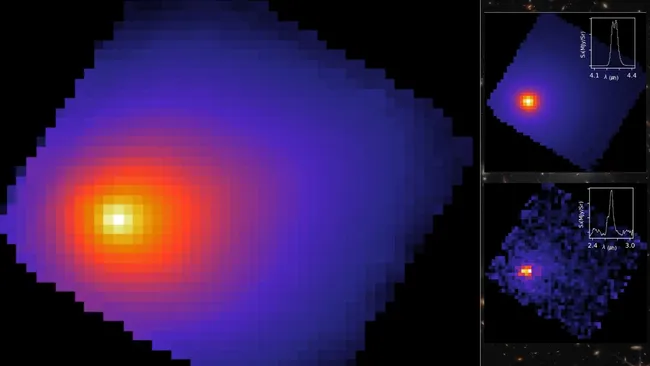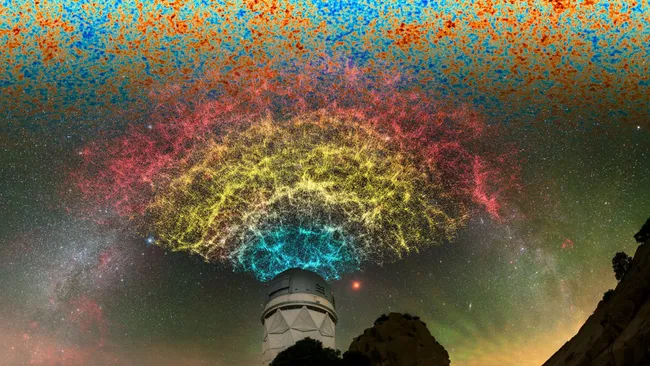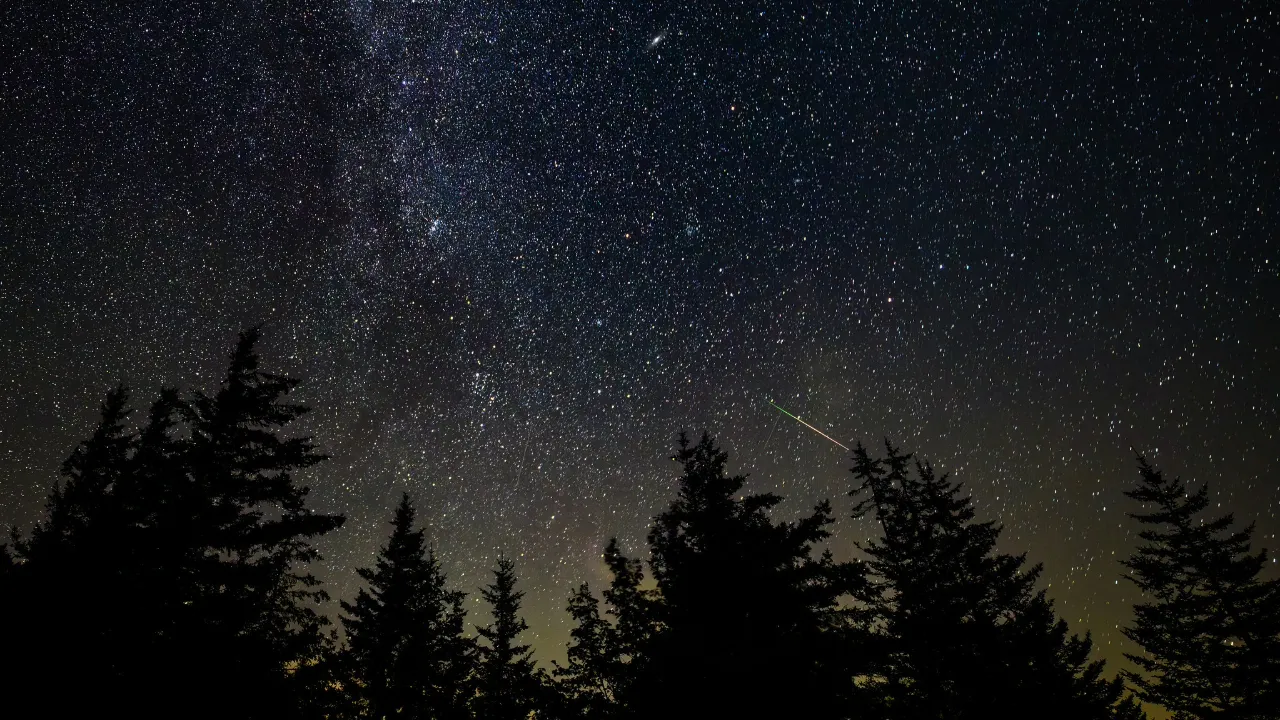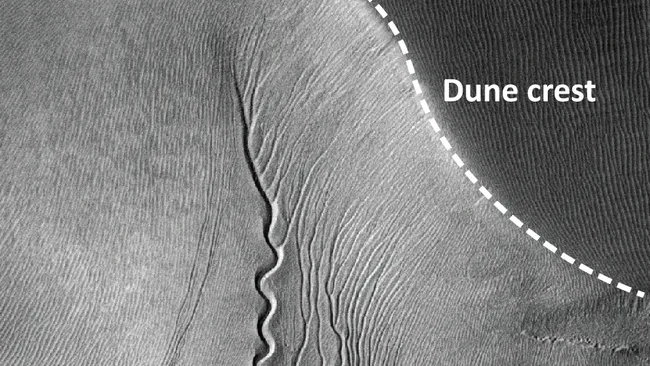New findings presented at the Royal Astronomical Society’s National Astronomy Meeting 2025 suggest a bold possibility: Earth could be sitting inside a massive cosmic void, about 2 billion light-years wide. If true, this could resolve one of modern cosmology’s deepest mysteries — the Hubble tension.
What Is the Hubble Tension?
The Hubble tension refers to conflicting measurements of the universe’s expansion rate. When measured locally (using supernovae or variable stars), the Hubble constant appears higher than the value derived from cosmic microwave background (CMB) observations using the Lambda Cold Dark Matter (ΛCDM) model.
In short:
- Local observations → Faster expansion
- CMB predictions → Slower expansion
A Void Around Us?
Indranil Banik from the University of Portsmouth suggests that Earth may lie near the center of a low-density void, also called a “Hubble Bubble.” This would make our local region expand faster than the denser universe beyond.
“If true,” Banik says, “it would look like galaxies are flying away from us faster — not because the whole universe is speeding up, but because our part is unusually empty.”
The “Sound” of the Big Bang Agrees
The theory gets unexpected support from baryon acoustic oscillations (BAOs) — faint ripples from the Big Bang, sometimes called the “sound” of the universe’s birth. These frozen sound waves help chart the universe’s expansion like a cosmic ruler.
Banik’s team analyzed 20 years of BAO data and found that a void-based model fits observations 100 million times better than the traditional Planck satellite model assuming no void.
Challenge to the Standard Model
The big problem? The idea of such a vast void conflicts with the ΛCDM model, which assumes the universe is uniform and isotropic — essentially the same in every direction.
Still, Banik argues the data doesn’t lie: BAOs show slight redshift distortions consistent with gravitational effects caused by a massive void.
What’s Next?
To further test the theory, Banik’s team plans to use cosmic chronometers — galaxies whose age can be calculated — to trace how the universe’s expansion has evolved over time. By comparing these ages with redshift, astronomers can reconstruct the expansion history more precisely.
If correct, this model could permanently settle the Hubble tension and reshape our understanding of the cosmos — starting from our very own (possibly very empty) neighborhood.

